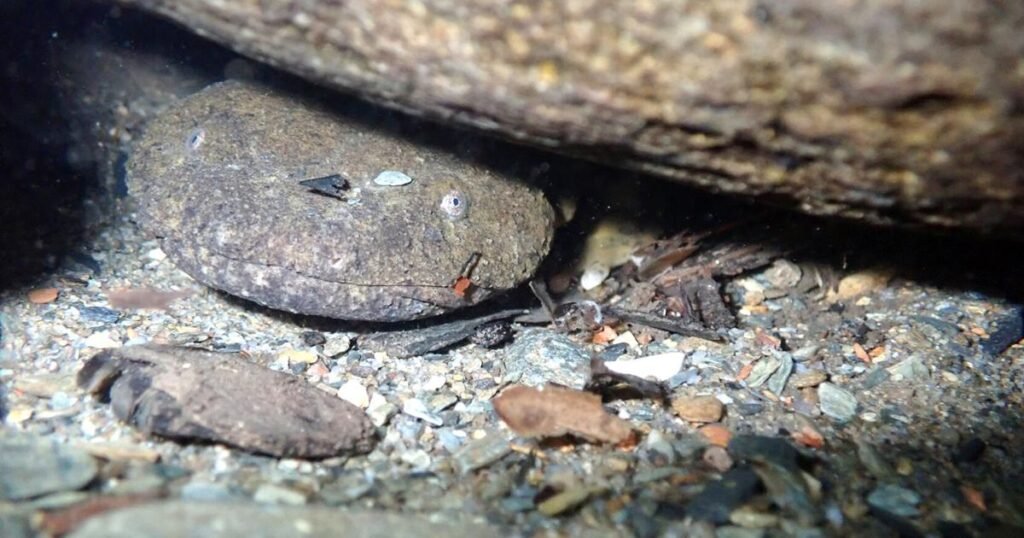Exploring America’s Diverse States: A Journey Through the US and Its Territories
As someone who’s spent years writing about the Smoky Mountains, I’ve developed a deep appreciation for how America’s diverse states each offer unique landscapes, cultures, and experiences. From the misty peaks of Tennessee to the coastal wonders of California, our nation is a tapestry of distinct regions worth exploring.
The Rich Tapestry of American States
The United States comprises 50 states, each with its own character and charm. Having traversed many of these regions while researching my Smoky Mountain articles, I’ve come to appreciate how the geographical diversity of America contributes to its cultural richness.
While my heart belongs to the ancient mountains of Tennessee and North Carolina (home to my beloved Smokies), I’ve found something to admire in every state I’ve visited. From Alabama’s rich civil rights history to Wyoming’s vast wilderness, each state tells an important part of the American story.
Regional Differences Across America
America can be broadly divided into several regions, each with distinctive characteristics:
- The Northeast – States like New York, Massachusetts, and Maine offer historical richness and coastal beauty
- The South – Including my cherished Smoky Mountain region, with states like Tennessee, Georgia, and the Carolinas known for hospitality and cultural heritage
- The Midwest – The heartland states such as Illinois, Michigan, and Ohio showcase America’s agricultural prowess
- The West – From Colorado’s Rockies to California’s coastline, featuring dramatic landscapes
- The Pacific Northwest – Washington and Oregon offer lush rainforests reminiscent of the Smokies’ own temperate forests
Beyond the 50 States: Territories and Associated Areas
Many people don’t realize that the United States extends beyond its 50 states to include territories and freely associated states. Having written extensively about travel destinations, I find these often-overlooked regions fascinating:
| Type | Areas | Status |
|---|---|---|
| U.S. Territories | Puerto Rico, U.S. Virgin Islands, Guam, American Samoa, Northern Mariana Islands | U.S. citizens (with some variations) |
| Freely Associated States | Marshall Islands, Federated States of Micronesia, Palau | Independent nations with special relationships to the U.S. |
| Federal District | Washington D.C. | U.S. capital (not a state) |
Military Presence Around the World
The Armed Forces Americas, Pacific, and Europe designations remind us that American presence extends globally. These military installations serve as small pieces of America abroad, much like how the Smoky Mountains National Park preserves a piece of ancient America for future generations.
Our Northern Neighbor: Canadian Provinces and Territories
While exploring the northern reaches of the Appalachians (the mountain chain that includes my beloved Smokies), I’ve occasionally crossed into Canada. Our northern neighbor divides its land into provinces and territories, each with distinctive characteristics:
- Western Canada – British Columbia, Alberta, Saskatchewan, and Manitoba offer mountain ranges and prairie landscapes
- Central Canada – Ontario and Quebec form the cultural and population core
- Atlantic Canada – New Brunswick, Nova Scotia, Prince Edward Island, and Newfoundland feature maritime heritage
- Northern Territories – Yukon, Northwest Territories, and Nunavut showcase Canada’s vast Arctic regions
The geology of Canada’s mountains connects to the same ancient forces that formed the Smokies, reminding us how our landscapes share deep historical connections despite modern borders.
Why Understanding State and Provincial Divisions Matters
For local residents of Brevard County, Florida, understanding these geographical divisions has practical applications:
- When shipping packages or completing forms, you’ll need accurate state and ZIP code information
- Different states have varying tax structures, driving laws, and regulations that affect travel
- Planning vacations (perhaps to the Smoky Mountains!) requires knowledge of state boundaries and travel requirements
- Understanding regional differences enriches your appreciation of America’s diverse cultures and landscapes
The Unique Character of Each State
I’ve always been fascinated by how each state develops its own distinct identity. Just as the Smoky Mountains have their unique misty character and rich Cherokee heritage, other regions showcase their own natural and cultural treasures.
Have you ever noticed how you can cross a state line and suddenly encounter different regional accents, food specialties, and even architecture? These subtle differences are part of what makes exploring America so rewarding.
Connecting to Our Local Community
Here in Brevard County, we’re fortunate to call Florida home—a state with incredible diversity within its own borders. From our Space Coast technological innovation to the natural wonders of the Everglades, Florida itself demonstrates how geography shapes community identity.
While I’ll always have a special place in my heart for the ancient forests and mountain streams of the Smokies, I’ve come to appreciate how each region of America—including our own Brevard County—contributes something special to our national character.
Embracing America’s Geographical Diversity
The next time you’re filling out an address form and selecting your state from a dropdown menu, take a moment to appreciate the incredible diversity represented in that simple list. Each name represents unique landscapes, histories, and communities that together form our remarkable country.
And if you ever get the chance to visit the Smoky Mountains (which I highly recommend!), remember that you’re experiencing just one magnificent piece of America’s geographical puzzle—a puzzle with fifty state pieces, plus territories, each with its own beauty and significance.
What’s your favorite state to visit, and what makes it special to you? Whether it’s the misty mountains of Tennessee or the sunny beaches of Florida, each place has something unique to offer.

